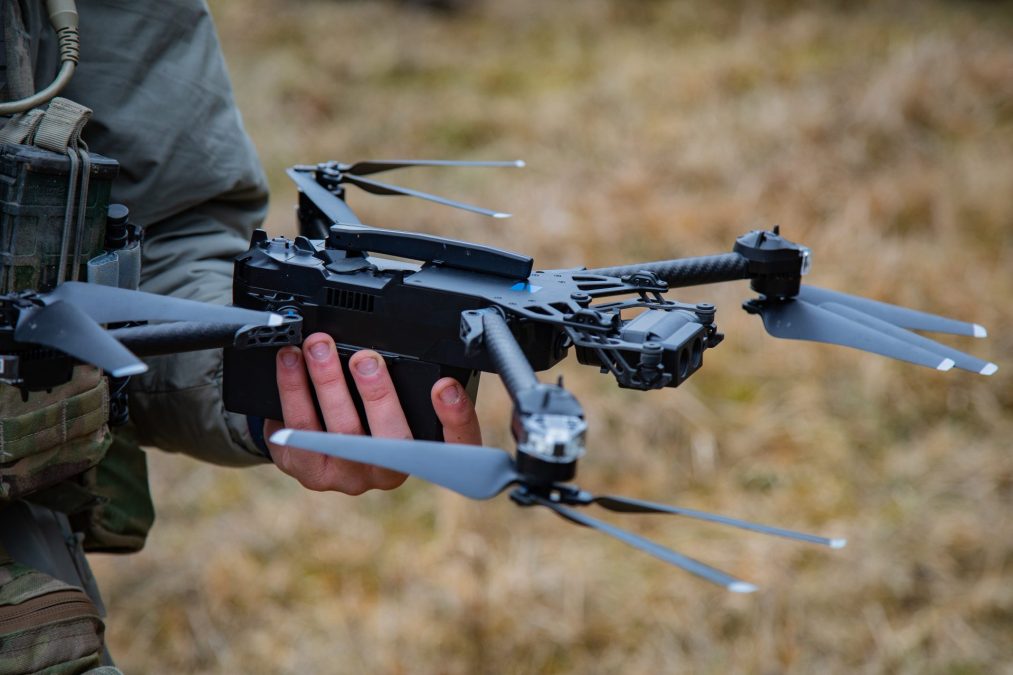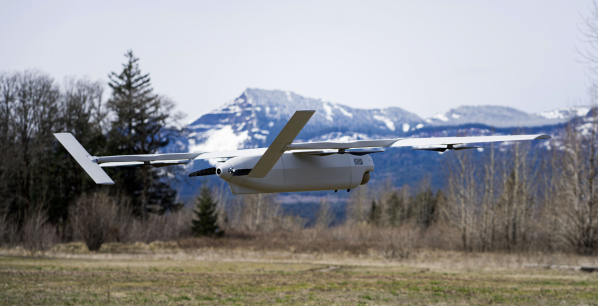Army aims to manufacture 10,000 drones per month by 2026

Starting next year, the Army will be able to domestically mass-produce upwards of 10,000 small unmanned aerial systems each month, according to the service.
Army Materiel Command is leading a new pilot program dubbed “SkyFoundry” that will allow the service to rapidly develop, test and produce small drones using innovative manufacturing methods. Officials are currently identifying multiple facilities where the platforms will be designed and produced. The department expects it can manufacture at least 10,000 UAS per month once the first site is up and running, Army Vice Chief of Staff Gen. James Mingus said Tuesday.
“We’ll be at 10,000 a month by this time next year, if not more,” he said during a fireside chat at the annual AUSA conference.
The effort comes as the Pentagon looks to ramp up production of small drones across the services following Secretary of Defense Pete Hegseth’s “Unleashing U.S. Military Drone Dominance” directive, issued in July. The memo requires low-cost, attritable drones to be fielded to every Army squad by the end of 2026 and calls on the military to partner closely with domestic industry to scale up manufacturing.
In July, Republican Sens. Ted Cruz and John Cornyn of Texas, and Tom Cotton and John Boozman of Arkansas introduced the “SkyFoundry Act of 2025,” designed to establish a government-run small UAS production facility at the Red River Army Depot in Texas. Rep. Pat Harrigan, R-N.C., submitted companion legislation in September.
According to the legislation, SkyFoundry will include an innovation facility that will serve as the Army’s “research, development and testing hub, integrating lessons learned from global conflicts to rapidly evolve United States small unmanned aircraft systems designs.” The drones will be built at a separate production facility operated by AMC that can “produce 1,000,000 small unmanned aircraft systems annually once fully established,” the bill states.
Undersecretary of the Army Michael Obadal said during the fireside chat at the AUSA conference that the SkyFoundry program will not only manufacture drone hardware, but allow for broader collaboration with industry on other innovative technology.
“We can bring industry in a partnership where we can experiment with their software [and] their payloads. That’s what really matters in a drone, not the plastic and metal that goes into it,” Obadal said.
Another key element of SkyFoundry will be getting drones built through the effort in the hands of soldiers faster than if the Army ran a traditional competition with industry — a process that can take years.
Mingus noted that leveraging soldier touchpoints will allow officials to refine system requirements and iterate on capabilities based on their specific needs.
“We can sit here under white lights — either in a building like this or the Pentagon — and ask ourselves how many drones a brigade combat team needs. Is it 80? Is it 100, 200 [or] 300? We probably don’t know that answer,” he said. “We want soldiers to tell us what that answer is, we want them to inform us.”






